Cryotherapy (also called cryoablation) is the use of extreme cold to freeze and remove abnormal tissue. Skin cells can’t survive this cold and die after treatment. Your body then heals the area and the dead or necrotic tissue sloughs off. Plastic surgeons and dermatologists use this to treat many skin conditions.
Your plastic surgeons or dermatologist can use a few different substances to create this intense cold during cryotherapy. These substances can include:
Liquid nitrogen.
Liquid nitrous oxide.
Argon gas.
Cryotherapy is a minimally invasive therapy. Cryotherapy is usually done without open surgery. Most people recover quickly from the procedure and with little pain.
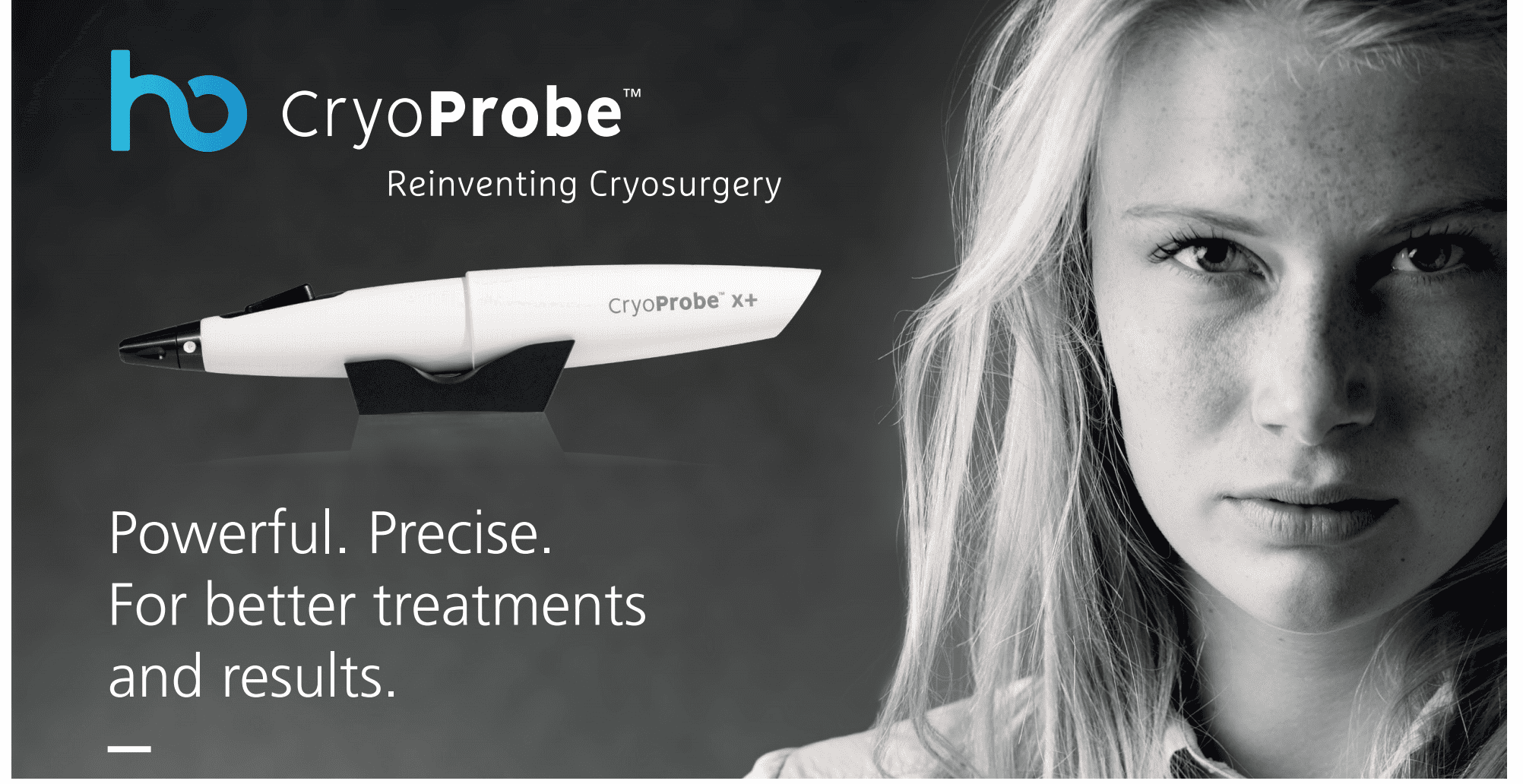
After cryotherapy for an external skin condition, the treated area will turn red and maybe even blister. Pain is typically mild. The area will form a scab, which usually heals in one to three weeks. It is important to treat the scab with bacitracin or antibiotic ointment twice a day as dry scabs heal a lot slower. This will also minimize any chance of scarring. Once the scab is off, then we usually recommend Dr. Speron’s Natural Skin Care Scar Product.
.png)
No, it doesn't hurt. You'll feel a cold sensation followed by a slight sting. That signals that the freezing is complete and the treatment is done. And once it's over, it's over! No more lesion, no more discomfort, no aftercare. Just use sunscreen while it's healing.
If you have an unsightly or annoying lesion that you'd like to get rid of, ask your doctor to check it out and advise you on treatment options.
CryoProbe can remove most common lesions easily and quickly. Such as skin tags, common warts, plantar warts, hemangioma, sun spots (solar lentigo), pigmented spots, genital warts, molluscum contagiosum, actinic or seborrheic keratoses, etc. There should be no scarring, although it's possible that hair may not regrow over treated areas. Darker skins may show some depigmentation.
Diagnosis
We will examine the growth or lesion and decide if it's safe to treat with cryosurgery.
Treatment
Treatment will be carried out by a medical professional or by an Esthetician, depending on the lesion. No anesthetic is needed. He or She will:
.jpg)
That's it! In the following days, frozen tissue will crust over, forming a scab that will fall off in a week or two.
No after-treatment is required. As with any scab, avoid further irritation and use sun screen until it has healed. Your practitioner will advise you. For larger or deeper lesions, you may want to plan a follow-up visit to check that it has healed well.
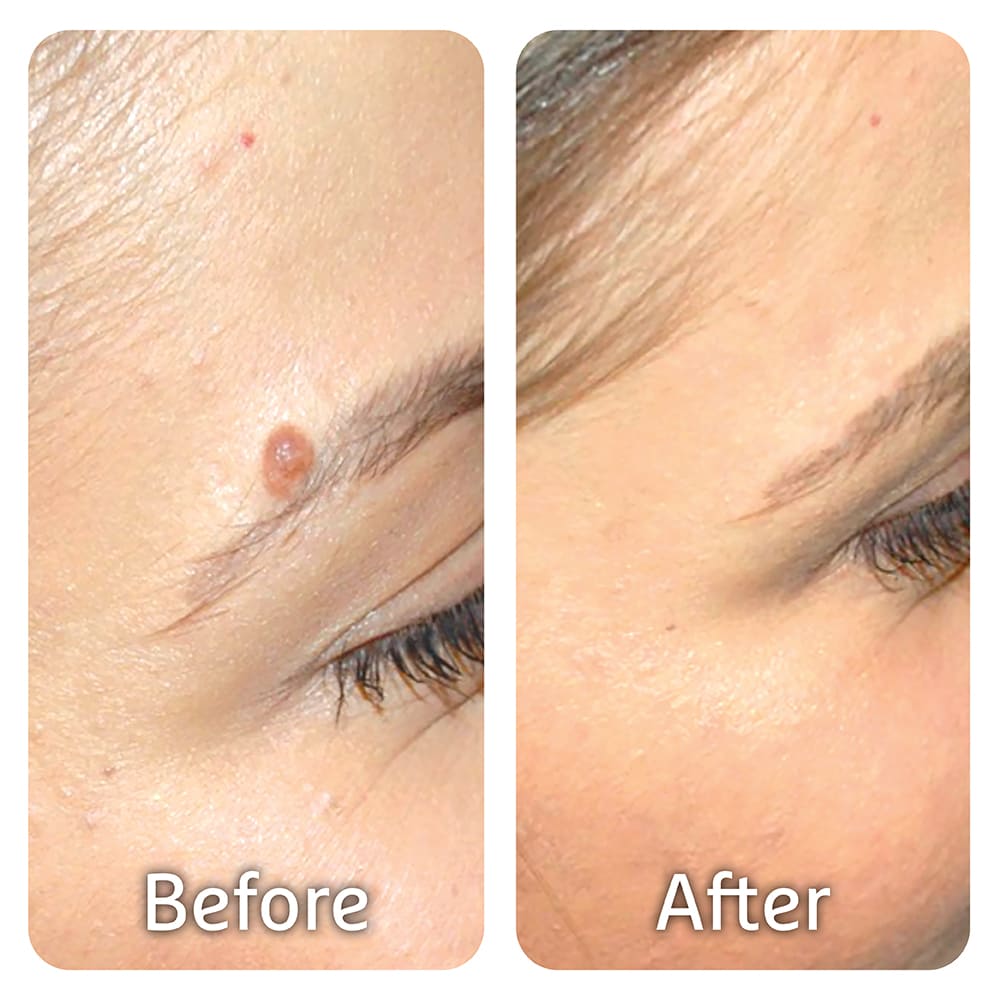
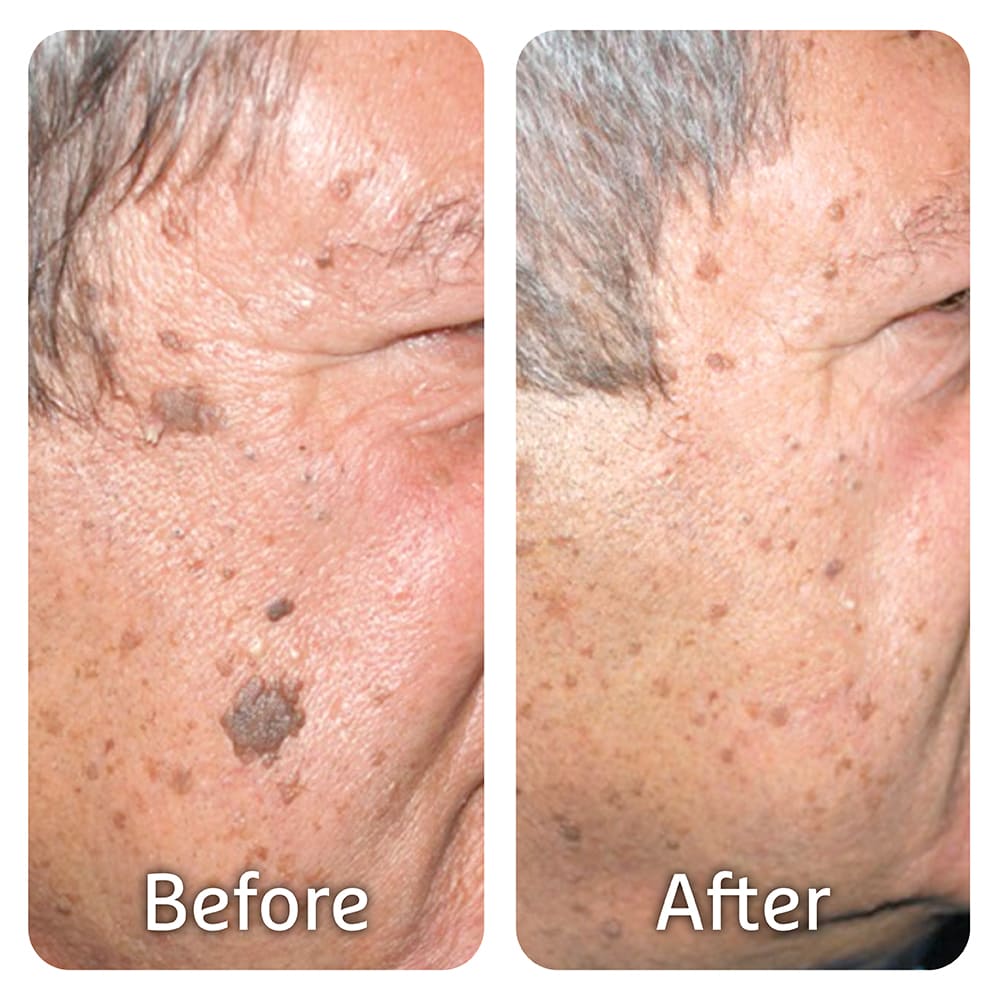
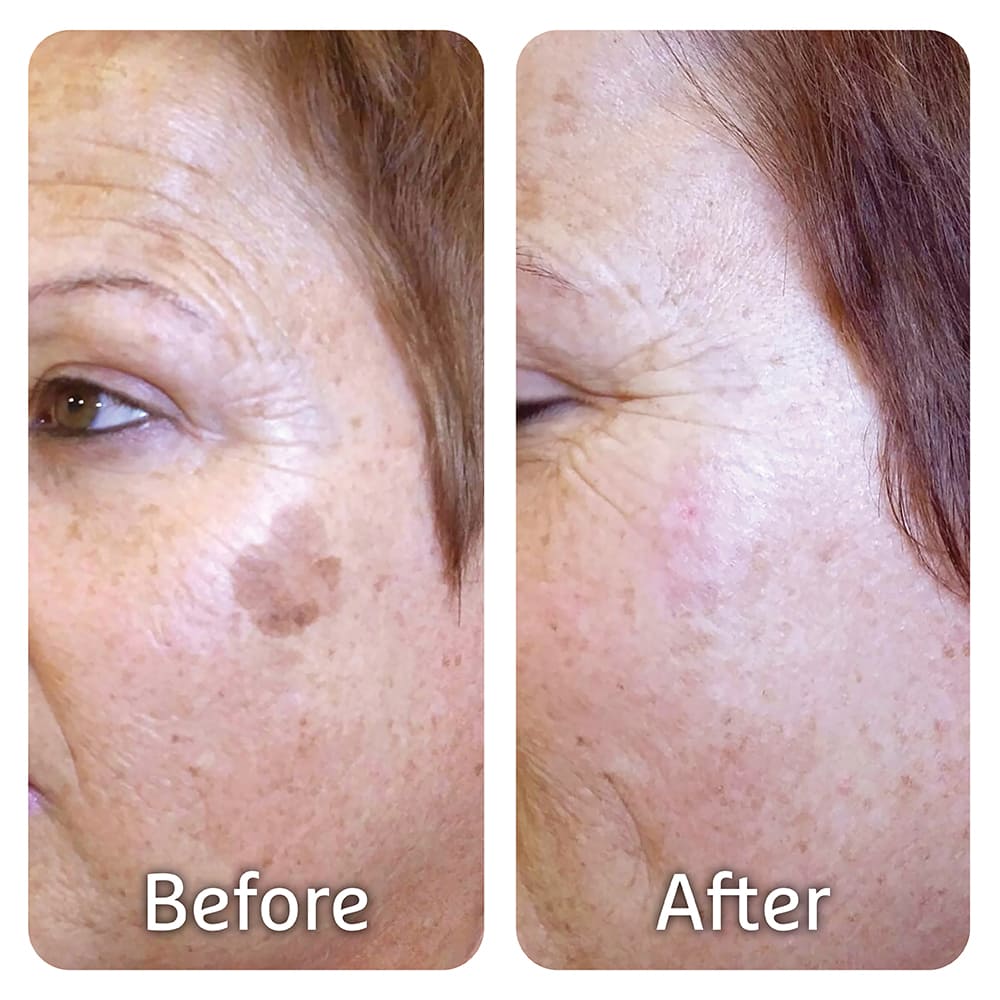
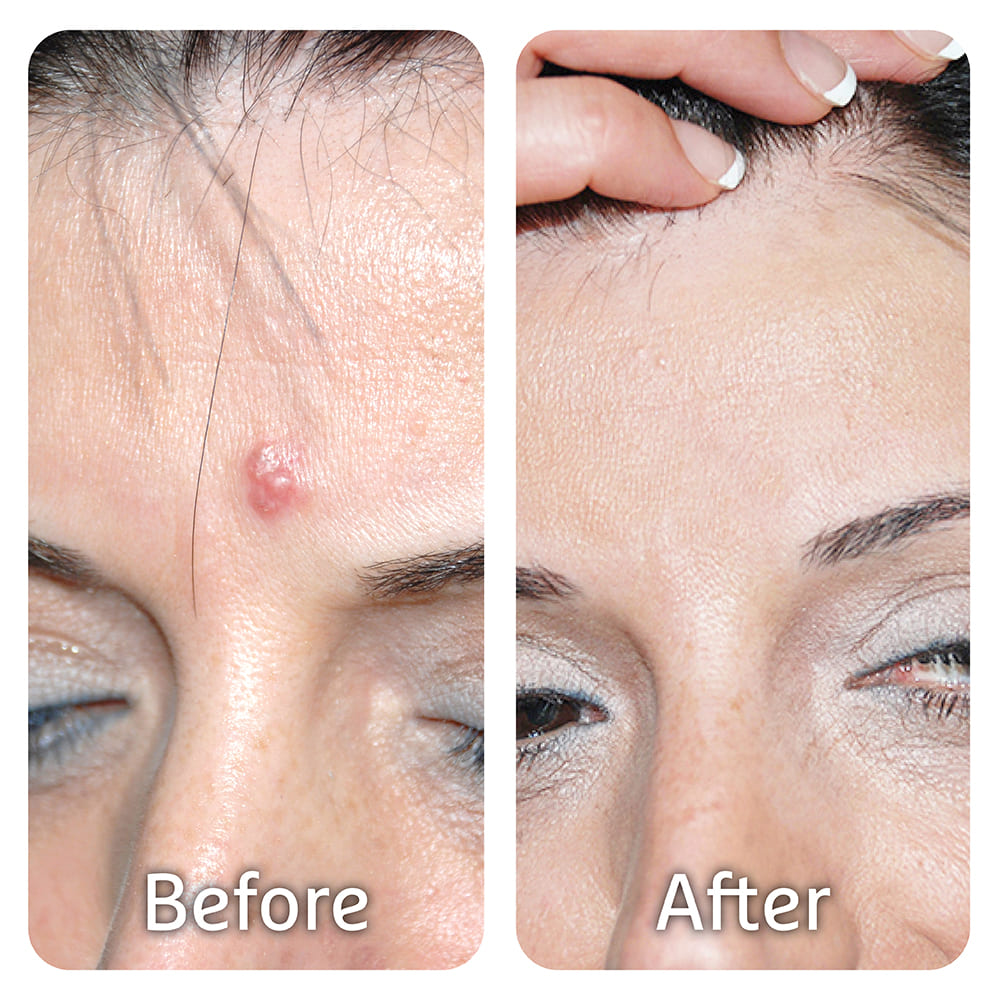
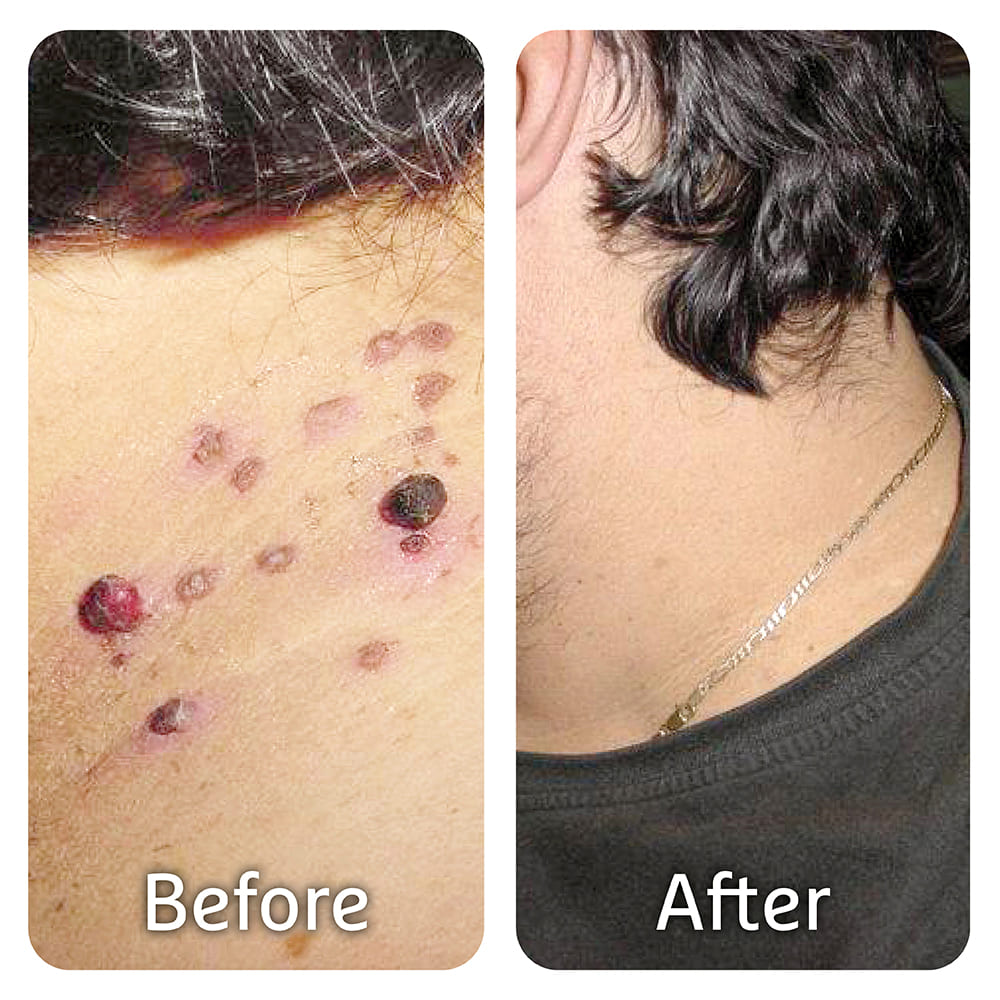
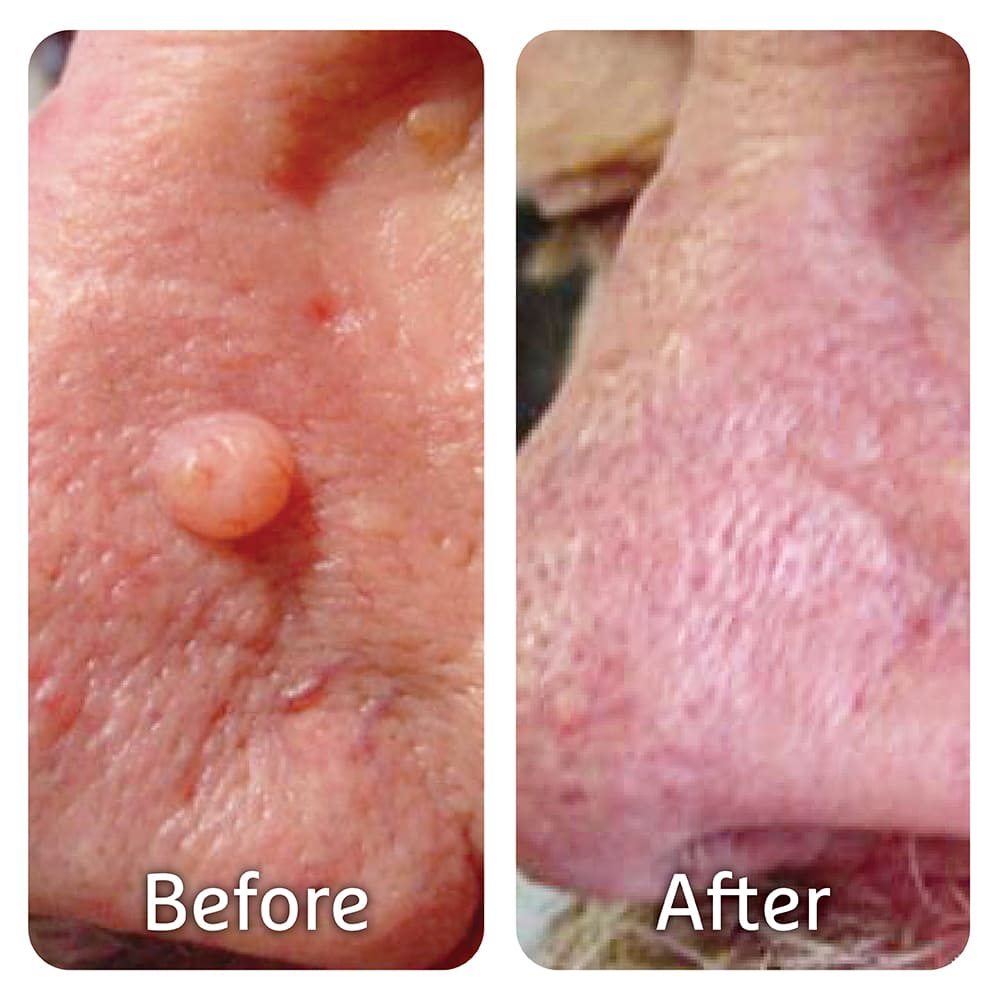
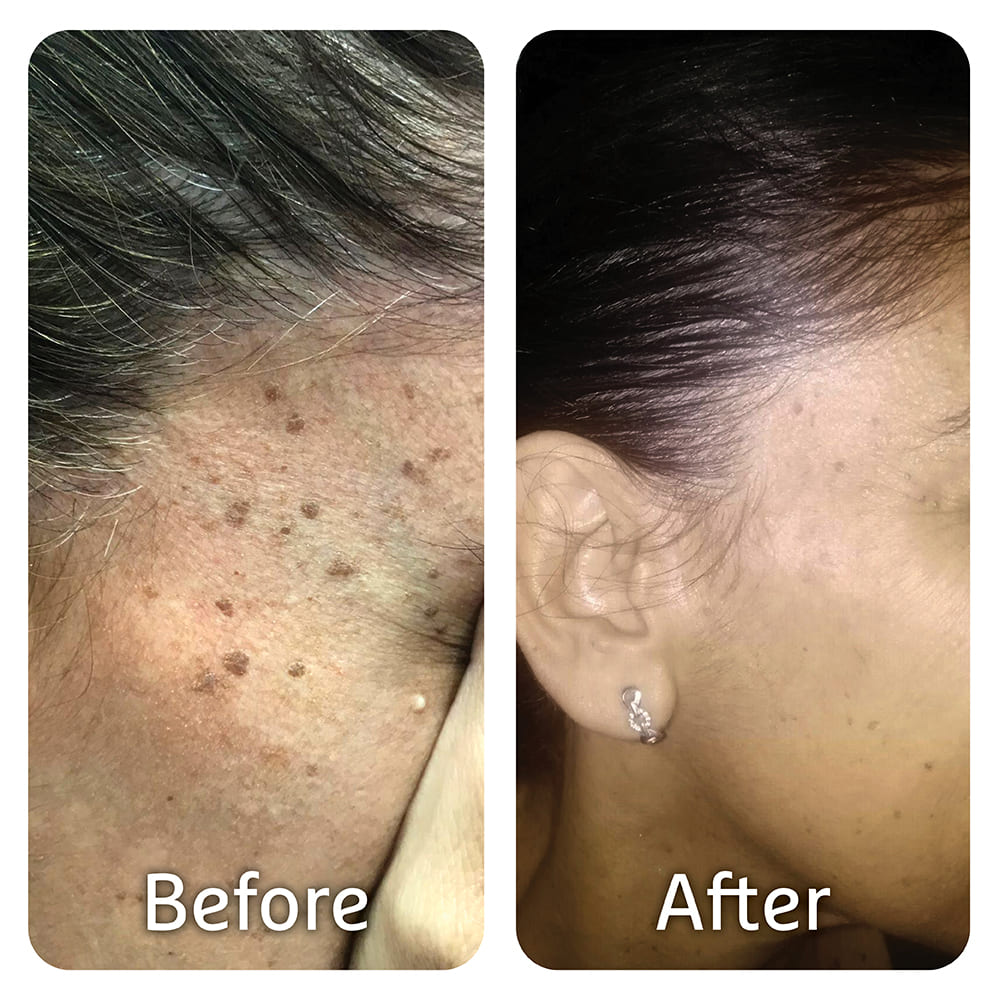
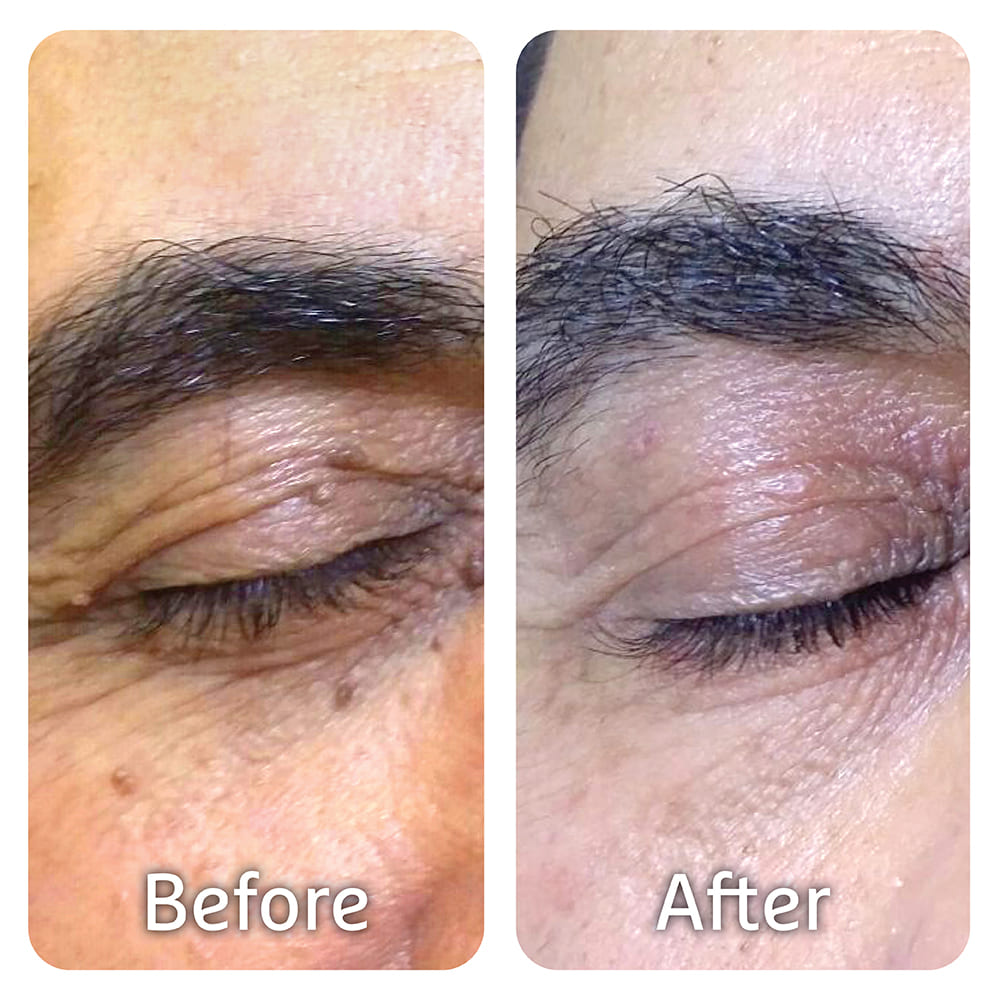
When I first published The 7 Critical Questions to Ask Before Letting Any Surgeon Touch You, I had no idea that it would be so popularly received. Since its publication, this brief guide has helped thousands like you to more safely navigate the world of cosmetic surgery. The 7 Questions have been updated and a bonus section, Applying the 7 Questions, has just been added. Be my guest to read, learn and share.